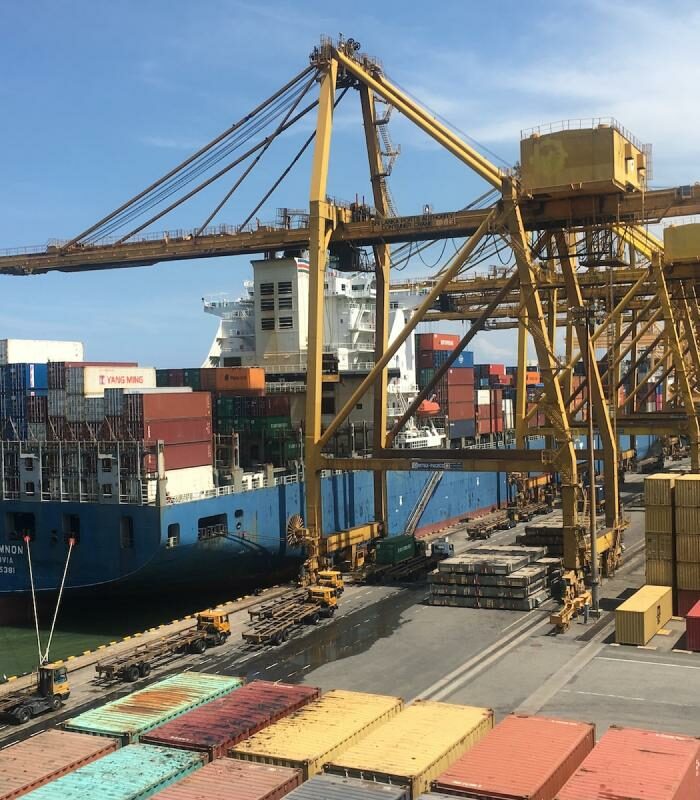It is not uncommon for time, condition, and consequence-based inspection (or the methods attached) to be falsely confused with risk-based inspection (RBI).
Curious, isn’t it? These are totally different methods, you might say. So how can they be confused with the RBI?
Before answering this question, let’s first take a quick look at the main differences between these 4 types of inspection methodologies to clear up potential misunderstandings.
Time-based inspection is based on recurring inspections at predefined locations and time intervals. Condition-based inspection is based on the condition of an asset. That means that the location and time interval of the inspection changes depending on the rate of degradation and the age of the asset.

Consequence-based inspection determines inspection operations based on the consequences of a failure of the equipment in question. Risk-based inspection (RBI) is a combination of all of these techniques. It allows to create one of the most effective inspection methodologies. To be more specific, the RBI is risk-based – for the implementation of inspection operations. It is the product of the probability and consequences of an asset failure due to degradation. In this context, the corrosion rate, corrosion repairs, failures and consequences related to past corrosion events are considered.
Now, let’s shed some light on our previous statement, so you can make sure that your “RBI” is really and entirely one. Ultimately, this will lead to an exceedingly better reliability score for your assets and resources allocated where they really make a difference. Similarly, if your process is not fully risk-based, your operations will not be as efficient, successful and ultimately profitable.
The key to the implementation of the RBI is therefore obvious and yet we often find that the RBI is only partially implemented: Be sure to consider ALL the data you can get on the asset in question: past inspection operations, repairs, different types of measurements, any type of treatment applied, the functionality and hierarchy of the asset, its design, etc. Only with all this data can you make accurate and complete calculations of the probability and magnitude of the failure and its consequences. Thus, an accurate risk assessment and the right choice of inspection location and frequency (also in terms of asset life) will only be possible if your data sources are extensive, complete and taken into account!
Sometimes vendors market inspection software as RBI-compliant without actually being able to provide RBI – in part because companies can’t guarantee a solid database for calculations in the first place. Therefore, our second piece of advice is this: Make sure your data is aligned, structured and stored comprehensively in one place. If not, be sure to combine RBI software with a digital data governance tool – compliant with all your different data sources and files.
Check out our Inspection software, if you want to learn more and invest in software, that will ensure the best possible outcome for your business through a fully scalable and tailored composition between RBI and data governance.
To learn more, get your free brochure or request a personal meeting with one of our experts.



